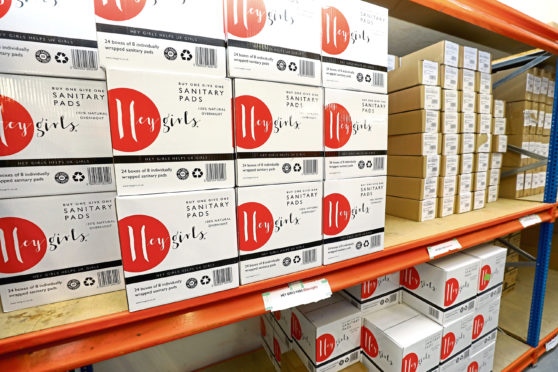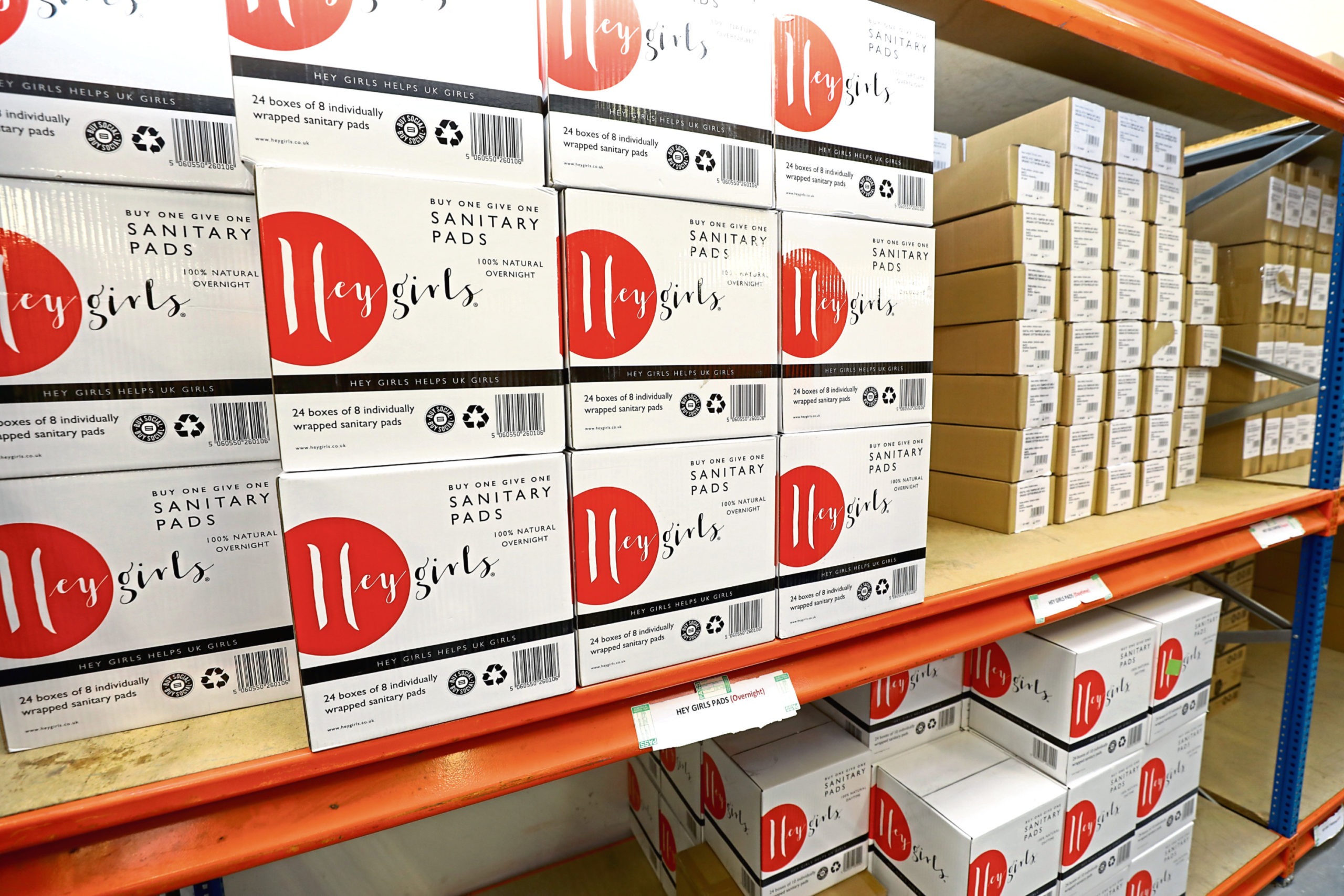I recently attended an event in Dundee that brought together people from the private, the public and voluntary sectors who work together to tackle funeral poverty.
This term is used to describe the circumstances people on low or restricted incomes find themselves in when a loved one passes away and they must find a way to cover the cost of a funeral.
It was a sobering event but heartening to see the extent of cross-sector activity, including from the Scottish Government, to support grieving families.
Terms like funeral poverty, food poverty and fuel poverty are now common currency around what is, ultimately, poverty.
In the same week as the event, I came across an academic paper by Stephen Crossley, Kayleigh Garthwaite and Ruth Patrick on the fragmentation of poverty.
>> Keep up to date with the latest news with Evening Telegraph newsletter
Their perspective is that, as politicians have abolished poverty targets and poverty has inevitably increased, new classifications have emerged that eclipse the real issue, which is the lack of money in people’s pockets.
One of the concerns raised is that a fragmented understanding of poverty evokes a partial response with organisations tackling symptoms rather than causes. What the paper required, I felt, was a clear definition of poverty because we cannot collectively administer an antidote to address an ailment we have not identified.
It is also my view that poverty, by its very nature, is a fragmenting experience and manifests in various ways and I am not sure any one organisation can address every aspect of it.
Another concern is that charitable responses overshadow underlying causes which is primarily related to a lack of income.
However, I feel uneasy about defining poverty in terms of a lack of money because while it is crucial, its presence does not always insulate us from poverty.
While I agree that the conversation we are currently having about poverty is nowhere near where it should be, perhaps we should view current responses to it as a precursor to wider conversations about structural inequality?
The authors also crucially highlight the central role of government.
While the paper does not mention me by name, it does refer to me in a former role petitioning the Scottish Government to invest in the universal provision of sanitary items for women and girls, which they did to the tune of £9.2 million.
Had I petitioned the Scottish Government to invest more in the Scottish Welfare Fund or creating a new benefit, as others have, I believe my recommendations would not have yielded the same success.
I share the overarching concern about the fragmentation of poverty and culpability of government in exacerbating the levels we now see.
However, the existence of the former is the result of the latter and, without categorising the multi-faceted nature of poverty, support for bereaved families in Dundee would not be as coordinated as it is.

